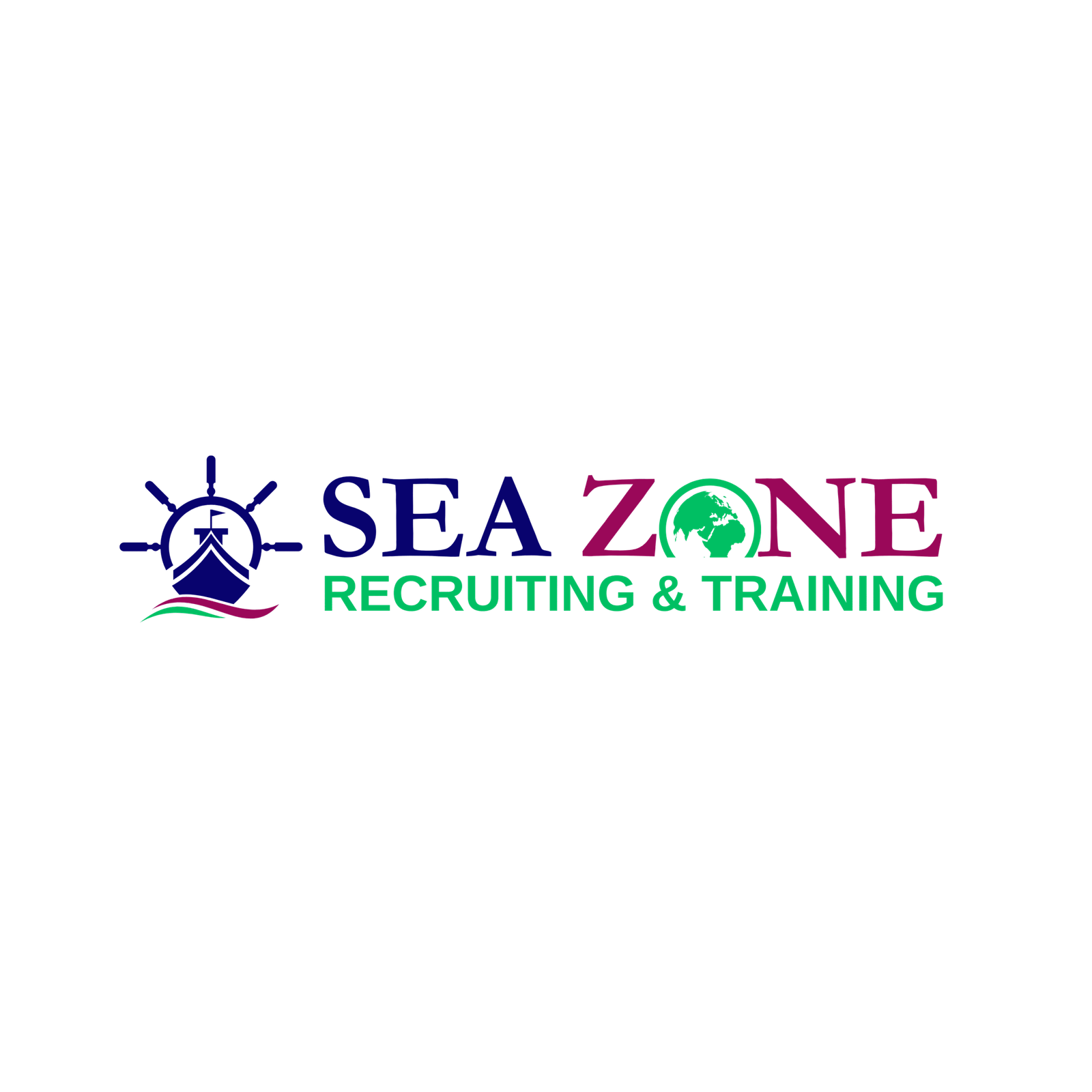ETO Course
Your path to a lucrative career on ships, managing and maintaining all electrical and electronic systems, begins with the Electro-Technical Officer (ETO) course. By assisting you with admissions, paperwork, and placement into maritime institutes certified by DG Shipping, we at SeaZone help you take the initial step.
What is ETO Course?
The ETO course is a 4-month pre-sea course for those who want to serve in the electrical and electronics department of merchant vessels. Certified by the Directorate General of Shipping (DGS, Government of India), this course is essential for any candidate seeking to serve on ships with advanced automation and electrical systems.
The ETO will be required to keep and troubleshoot shipboard electrical, electronic, and automation systems such as:
Power generation and distribution
Engine room automation
Navigation and communication equipment
Fire detection and control systems
Applicants should possess a Diploma or Degree in Electrical, Electronics, or other disciplines, and pass through clear medical and vision tests prior to registration.
How SeaZone Provides ETO Course Training
SeaZone is a bridge between marine electricians wanting to work in the maritime industry and leading DGS-approved maritime training schools. We assist you in choosing the most suitable ETO colleges in terms of location, affordability, and placement record. From guidance at the admission stage to medical booking, document verification, and seat confirmation, SeaZone takes care of everything.
Our team ensures that the applicants are placed in institutes having state-of-the-art labs, simulation practical training, and placement guidance within the campus. We also provide CDC application, STCW training, and placement interviews upon training.
With SeaZone, starting your career as an Electro-Technical Officer is easy, quick, and totally guided — so that you can energize ships anywhere in the globe confidently.
1. Basics of electrical theory (AC/DC, resistance, voltage, and current) for marine electrical systems
Shipboard electrical systems
Power generation and distribution
Batteries and emergency power systems
2. Electronic parts for marine electronics and equipment, such as integrated circuits, diodes, and transistors
Automation and control systems
Engine room monitoring systems
Communication and navigational equipment
3. The Basics of Marine Automation Systems Using PLCs (Programmable Logic Controllers)
Engine control and monitoring systems
Alarm and safety systems
Integration of the electrical system with engine and deck operations
4. STCW Required Safety Training (per IMO standards)
Personal Survival Techniques, or PST
Fire Prevention and Fire Fighting, or FPFF
Elementary First Aid, or EFA
PSSR: Social Responsibilities and Personal Safety
Security Training for Seafarers with Specific Duties (STSDSD)
5. Practical Workshop Training Electrical workshops provide hands-on training.
Circuit boards, wiring, and troubleshooting
Equipment upkeep and fault identification
Shipboard scenario simulations
6. Documentation and Soft Skills
Communication in Maritime English
Writing reports and keeping logs
Training for CDC and e-learning portals

